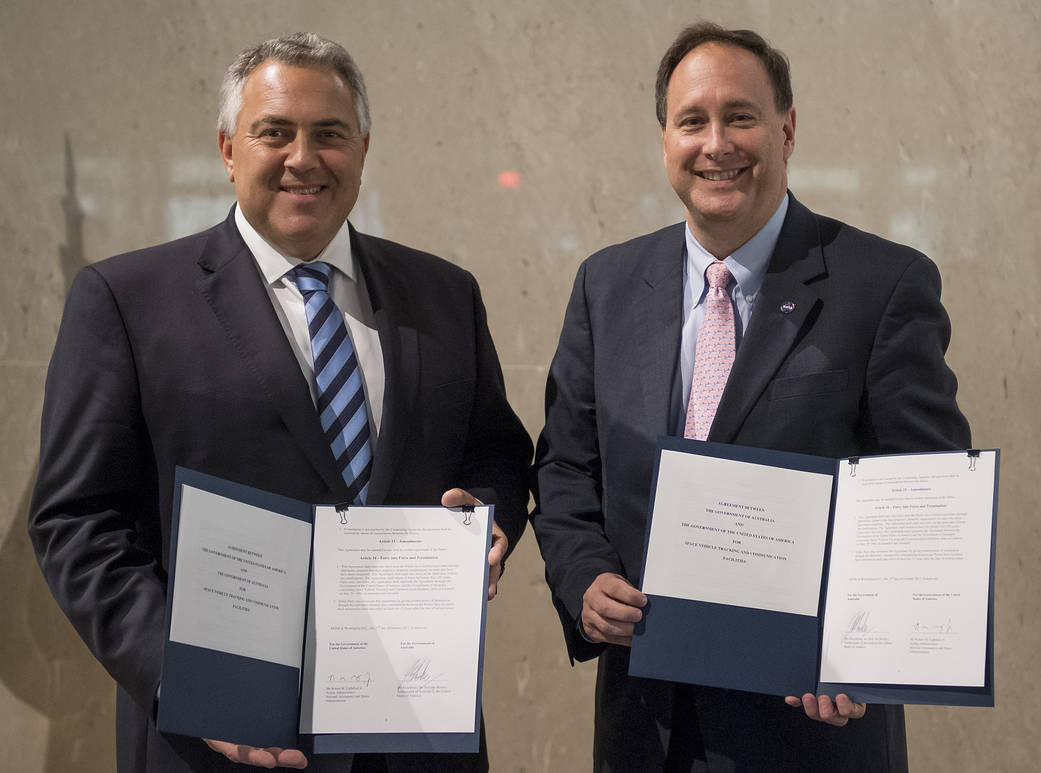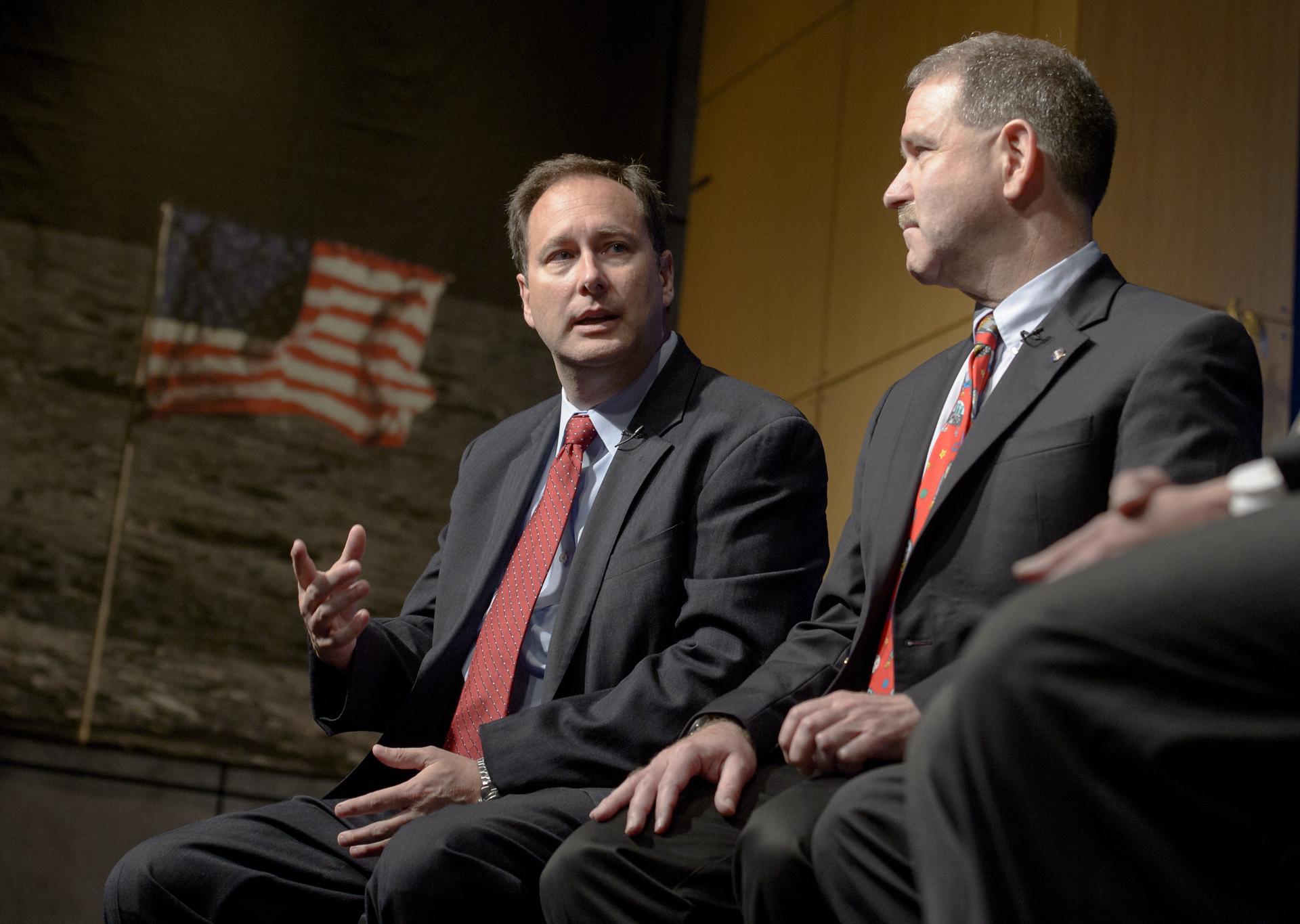
Robert M. Lightfoot, Jr.
Acting NASA Administrator (Jan. 20, 2017–Apr. 22, 2018)
Robert M. Lightfoot Jr. has been NASA’s associate administrator, the agency’s highest-ranking civil servant, since Sept. 25, 2012.
Lightfoot served as NASA’s acting administrator from Jan. 20, 2017 through April 23, 2018.

Before becoming assistant administrator, Lightfoot was director of NASA’s Marshall Space Flight Center in Huntsville, Ala. Named to the position in August 2009, he headed one of NASA’s largest field installations, which plays a critical role in NASA’s space operations, exploration and science missions. Lightfoot managed a broad range of propulsion, scientific and space transportation activities contributing to the nation’s space program. He served as acting director of the center from March 2009 until his appointment as director.
From 2007 to 2009, Lightfoot was deputy director of the Marshall Center. Lightfoot served as manager of the Space Shuttle Propulsion Office at Marshall from 2005 to 2007, where he was responsible for overseeing the manufacture, assembly and operation of the primary shuttle propulsion elements: the main engines, external tank, solid rocket boosters and reusable solid rocket motors.
From 2003 to 2005, he served as assistant associate administrator for the Space Shuttle Program in the Office of Space Operations at NASA Headquarters in Washington. His responsibilities included space shuttle Return to Flight activities following the Columbia tragedy, technical and budgetary oversight of the $3 billion annual budget and initial transition and retirement efforts for shuttle infrastructure.
In 2002, Lightfoot was named director of the Propulsion Test Directorate at NASA’s Stennis Space Center. He served as deputy director of the organization beginning in 2001, until his appointment as director.
Lightfoot began his NASA career at the Marshall Center in 1989 as a test engineer and program manager for the space shuttle main engine technology test bed program and the Russian RD-180 engine testing program for the Atlas launch vehicle program.
Lightfoot received a bachelor’s degree in mechanical engineering in 1986 from the University of Alabama. In October 2007, he was named Distinguished Departmental Fellow for the University of Alabama, Department of Mechanical Engineering. He was selected as a University of Alabama College of Engineering fellow in 2009. Lightfoot serves on the University of Alabama Mechanical Engineering Advisory Board. In 2010, he was inducted into the State of Alabama Engineering Hall of Fame.
Lightfoot has received numerous awards during his NASA career, including a NASA Outstanding Leadership medal in 2007 for exemplary leadership of the Shuttle Propulsion Office, assuring safety for the return to flight of the space shuttle. In 2006, he was awarded the Presidential Rank Award for Meritorious Executives, and in 2010 and 2016, he received the Presidential Rank Award for Distinguished Executives—the highest honors attainable for federal government work. In 2000, Mr. Lightfoot received a Spaceflight Leadership Recognition Award, which recognizes leaders who exemplify characteristics necessary for success. In 1999, NASA’s astronaut corps presented him with a Silver Snoopy Award, which honors individuals who have made key contributions to the success of human spaceflight missions. He also received the NASA Exceptional Achievement Medal in 1996 for significant contributions to NASA’s mission.



























